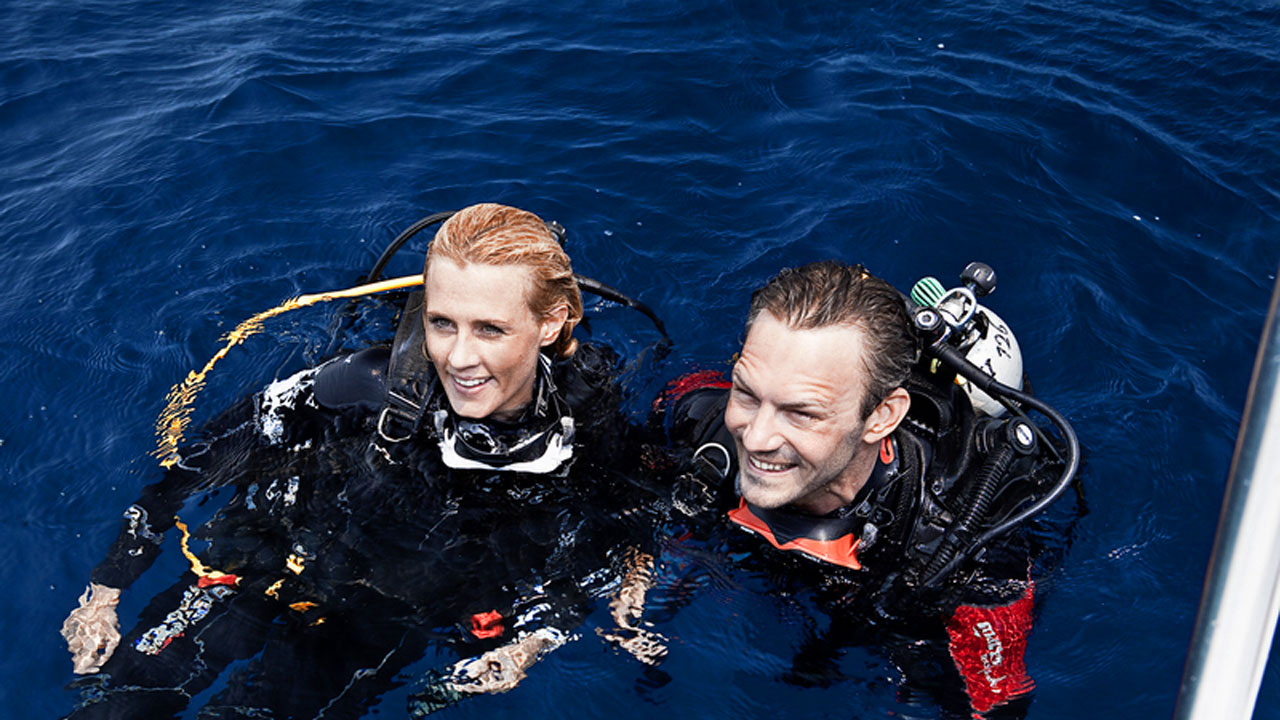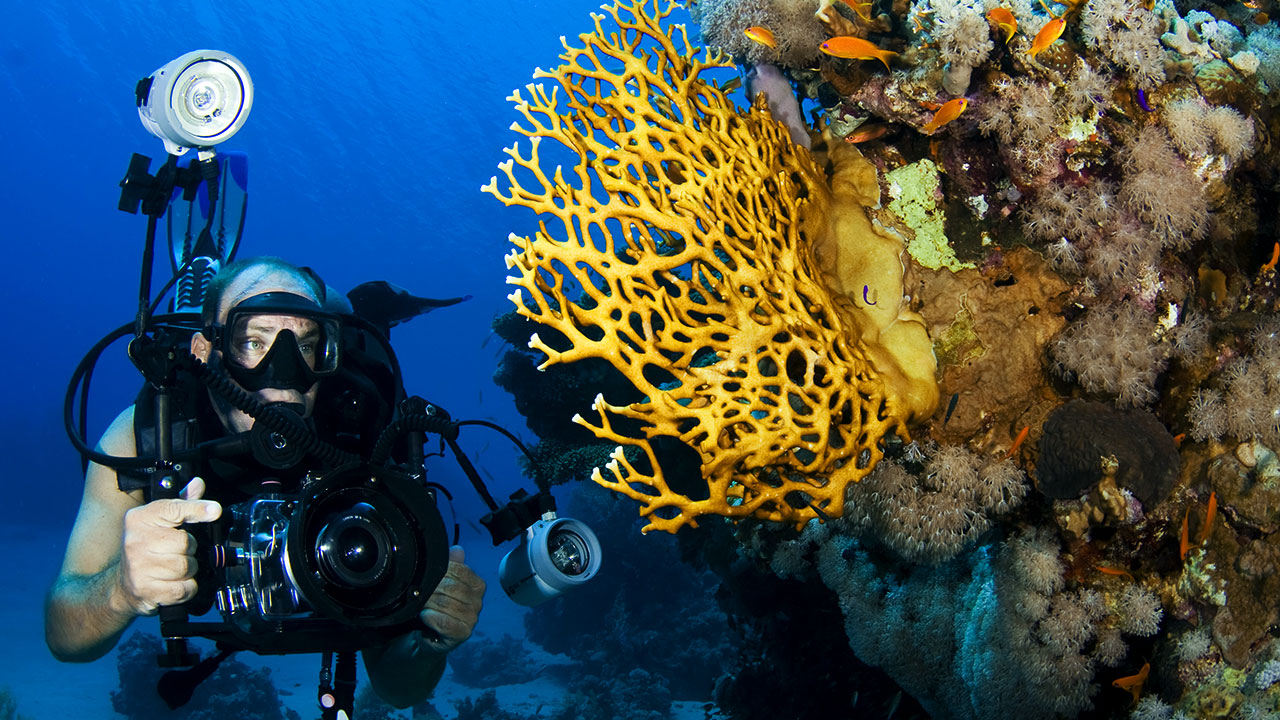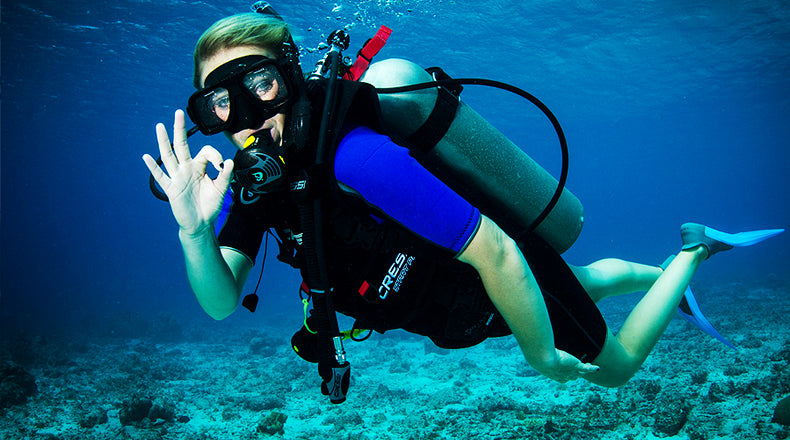It is impossible to generalize what kicking style is the best to use in the water because different conditions, goals, and diver abilities play a role. However, whichever you choose to apply personally, it is best to remember a few do’s and don’ts that can be applied to all kicking styles.
Do’s:
- Keep your body as close to a straight line as possible. By maintaining this position you are putting less exertion on your body and creating less resistance within the water.
- Your legs should be moving either up and down or sideways, without exaggerated motion or bending. Your toes should remain pointed.
- Leg movement should be established from the hips. Keep your legs straight, without actually locking your knees. Remember to perform slow and wide strokes.
Don’ts:
- Do not bend your knees when you kick. Not only does this off-set your whole body, but it wastes energy and is very inefficient.
- Do not allow your hips to drop out of line with your torso. Losing the straight-line alignment within the water will cause an awkward kicking motion and leads to muscle cramping and exhaustion.
- There is less strength in your lower leg muscles. When kicking underwater, do not try to start the movement with your knees alone.
When propelling yourself underwater, it is important to reserve as much energy as possible. So much can be lost if you do not employ the proper techniques when it comes to kicking. Dip ‘N Dive offers you a variety of fin designs to choose from. Sometimes different scuba fins require different kick styles. Yet no matter what kick style you are performing, be sure to maintain the correct position within the water to avoid overexertion.




